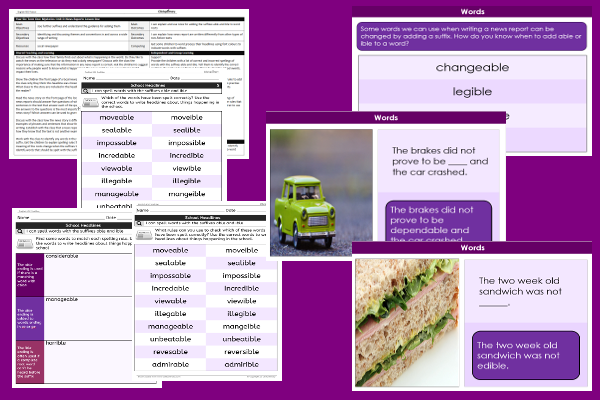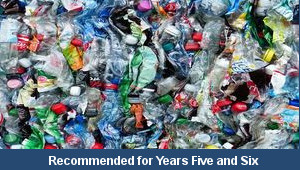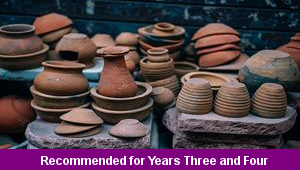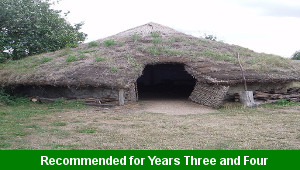Lesson One – Spelling Rules

This English teaching pack for Key Stage Two gets the children to practise using spelling rules to add the suffixes able and ible to different word roots to use when composing headlines for newspaper stories.
The class can identify and explain how news reports are written differently from other types of non-fiction texts to suggest how to use each of the same features when composing example reports.
Download this teaching pack including a lesson plan, classroom activities and an interactive presentation to practise using spelling rules to add the suffixes able and ible to different word roots to use when composing headlines for newspaper stories
Activities in this teaching pack include a differentiated set of worksheets to identify the correct spelling and make lists of words with the suffixes able to ible to use when composing example newspaper headlines about mysteries events that might happen in the world.
The interactive presentation gets the children to explore how to work with different spelling rules to add the suffixes able and ible to word roots to use in newspaper headlines.
This lesson is part of an English scheme of work to get the children to investigate some of the different ways that news stories about mysteries are reported and presented using journalistic writing, explore rules for adding the suffixes able and ible to word roots and practise using a colon to introduce a list in a sentence. There are teaching activities for shared learning, differentiated worksheets to support independent learning and interactive presentations to introduce concepts and key skills.
-

Cities, Towns and Villages
Research and present the history of a range of different buildings and people that are part of the local community using a school exhibition
-

Recycling
Research and present some of the benefits and disadvantages that can be produced when recycling different materials at home and in school
-

Viking Pots
Develop and refine a range of different art and design techniques when working with clay to make pots that represent Viking culture and traditions
-

Bronze Age
Research and illustrate how life in Britain developed and changed during the Bronze Age including the growth of communities and trade
